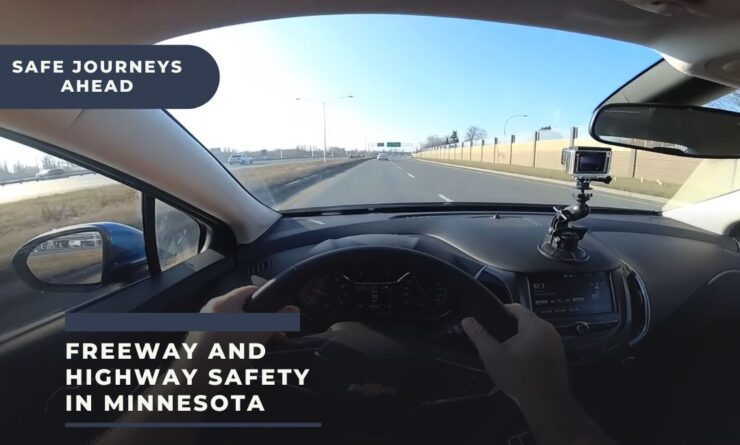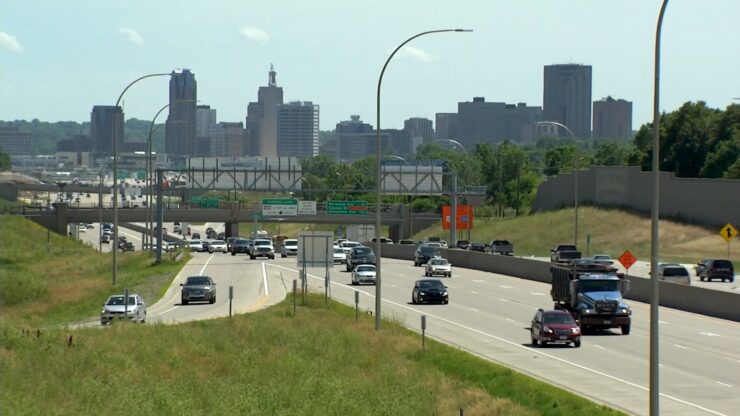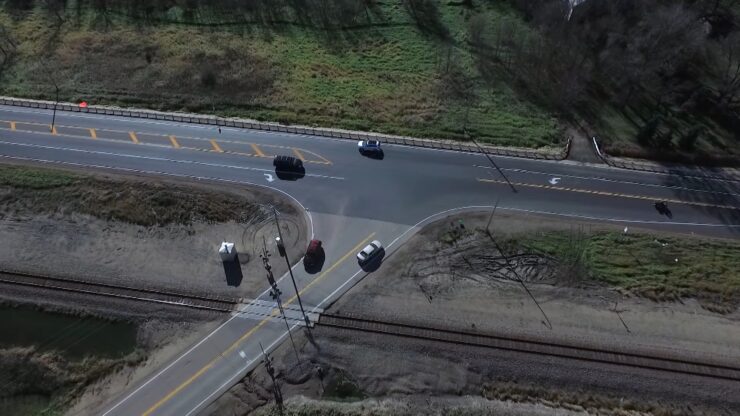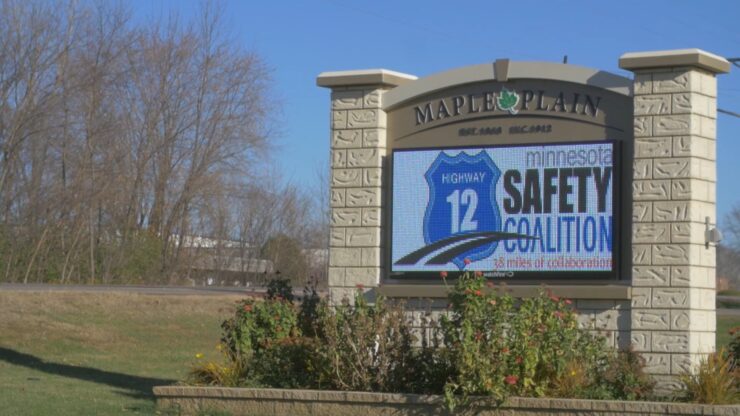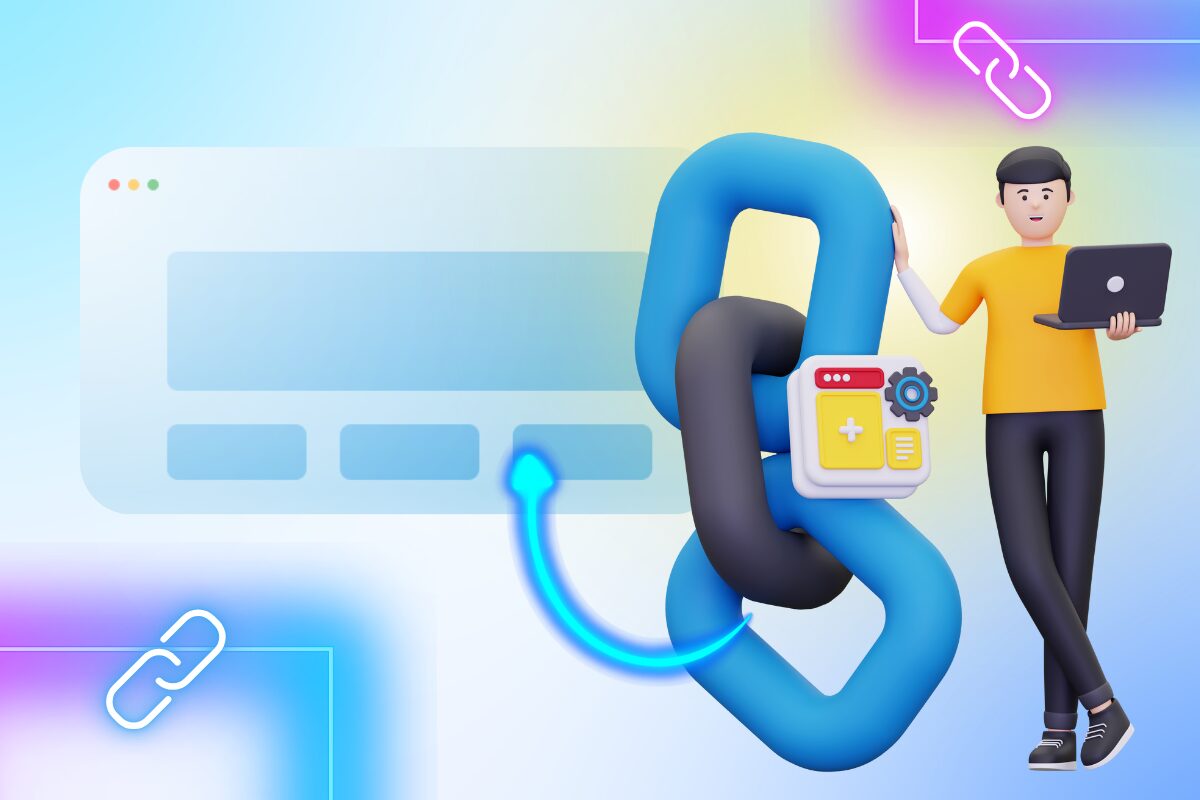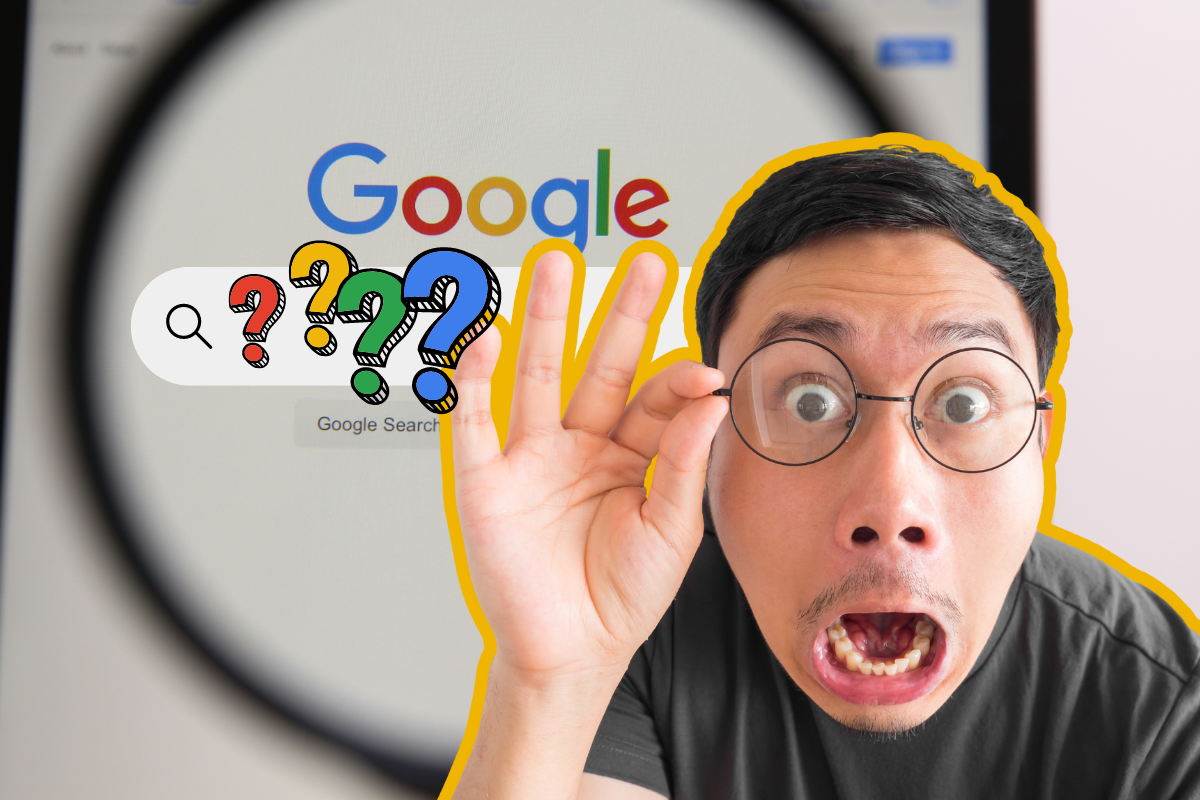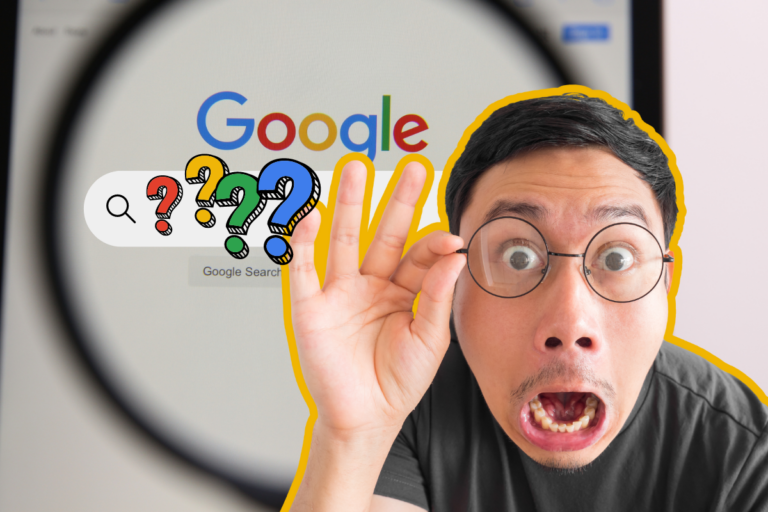“Safety brings first aid to the uninjured.” – F.S. Hughes. Whether you’re driving around Minneapolis or taking a weekend getaway along one of the state’s beautiful routes, freeway and highway safety should be at the forefront. Most experienced drivers know that defensive driving is key to avoiding any potential accidents or mishaps while on the road, but there are other measures we can take to ensure our safety and the safety of those around us.
Over the years, both state and local governments have taken active steps in improving Minnesota highway and freeway safety for all users – from careful infrastructure designs to public awareness initiatives.
Making Strides for Safety: How a $2.5 Million Federal Grant Improves Highways in Minnesota’s District 8
When it comes to highway safety, the state of Minnesota has always aimed high. Thanks to federal funding in the form of a $2.5 million grant, District 8 in Minnesota is now even safer and more livable than before.
Wctrib reports that the money will go toward an intersection safety project on Highway 23 and Highway 9 at New London as well as rumble strips along highways within the district’s jurisdiction. Those changes are set to make a dramatic impact on roadway conditions for drivers throughout that region. This generous grant was made possible through the federally funded and state-administered Highway Safety Improvement Program (HSIP).
This program uses data-driven tactics to reduce fatalities and serious injuries across all public roads within its purview—a welcome development for everyone who hits the road every day. Thanks to these improvements, drivers can rest easy knowing that transportation authorities have their back when they hit Minnesota’s freeways and highways.
Although much of driving requires alertness, trusty equipment, and luck too—this boost from HSIP substantially contributes toward providing travelers with peace of mind while using our roads responsibly or even zipping around town as needed.
A Safer Journey: How the New Minnesota Transportation Law Enhances Highway Safety Statewide
The state government is taking a stand to reduce traffic tragedies and increase driving safety across Minnesota. Tripnet, a non-profit research organization, highlights that as part of a two-year, $1.3 billion transportation budget created by Gov Tim Walz, new revenue for repairing roads and bridges will be generated — it’s been nearly a decade since the last time this was done.
Plus, starting from August 1st, holding any type of cell phone while driving will become prohibited by law; not only that but now protection from stopped emergency vehicles with flashing lights activated, extends to ambulance, fire, and maintenance vehicles: an extra level of security.
There are also speed cameras being installed so drivers have additional awareness along with those road signs. This new law is focused on making freeways and highways safer places for everyone while simultaneously increasing access options to important destinations such as work or home without having to worry about changing lanes or missing your exit due to poor visibility or fatigue-related incidents.
Towards Zero Deaths: Enhancing Highway Safety in Minnesota through the TZD Program
The Toward Zero Deaths (TZD) program, an initiative launched by Minnesota’s Department of Transportation, puts a comprehensive approach towards achieving zero fatalities and serious injuries on the roads. For starters, it includes strategies to work closely with law enforcement partners to minimize distracted driving as well as increase speed enforcement.
To really hone in on those high-speed freeway areas where accidents are more likely to happen, the program focuses on engineering solutions such as roundabouts and rumble strips which help make everyone’s travel smoother and safer. Infrastructure improvements like these can go a long way when protecting fellow Minnesotans from harm behind the wheel – something everyone should be thankful for.
Furthermore, part of TZD entails an initiative that strives at minimizing traffic deaths and bigger injuries by encouraging regional cooperation from local governments/agencies so that dangerous behaviors aren’t overlooked (i.e. drinking/drugged driving). Plus the program contains strategies for trying to limit the severity of any crash-related injuries through emergency medical training and proper trauma services.
Finally – accident data collection plays a key role too because this info helps authorities understand why things occur before taking action steps, which will help in preventing road mishaps.
Protecting Lives and Rights: Why Highway Safety and Legal Assistance Matter After an Accident
In Minnesota alone, there were 122 fatalities as a result of speeding just in 2020 alone, as reported by NHTSA. Legal experts at torgensonlaw.com say that having legal help is key when facing any kind of traffic accident in Minnesota. Believe it or not, understanding legal jargon line-by-line can be a true kerfuffle which is why it’s pivotal to have a seasoned attorney making sense of it all and guiding you with expert advice.
Especially when dealing with auto accidents, an attorney can navigate the labyrinth of insurance company negotiations or even help victims secure deserving compensation through lawsuits or settlements if need be.
It might be surprising but, when mishaps resulting in multiple casualties occur, it becomes even more critical to guard survivors against misleading claims by insurance companies. These companies often rush to settle before truly understanding the extent of losses such accidents can inflict. In these scenarios, ensuring proper protection from such hastened settlements is absolutely essential.
Negotiating effectively through this process requires skill and expertise only available through consulting with expert attorneys who specialize in Highway Safety Laws and Traffic regulations across Minnesota. One unique factor under Minnesota State Law is that ‘the rear-ender rule’ eliminates automatic fault assumptions on drivers just because they’ve hit someone from behind – so having professional assistance post-accident becomes even more critical since those seeking medical benefits would need to make their case against the other party (or insurer) rather than take advantage of preset presumptions which often favor victims.
Seeking legal counsel immediately after sustaining injuries due to an ill-fated road event should also give injured parties better peace of mind knowing they have a qualified advocate in their corner who’s working hard to ensure that compensation for wage loss, medical bills, and other damages incurred are appropriately addressed following the incident as well. So if you’ve ever found yourself in an unfortunate situation on any Minnesota highway or freeway, understanding your legal options and having professional representation is something less than necessary.
It’s encouraging to see Minnesota stepping up and taking things to the next level to make highways safer. They’re coming up with fresh ideas to boost safety for everyone which means it’s time for a collective sigh of relief. Here’s hoping this is just the start!

